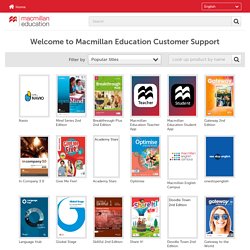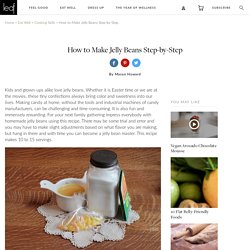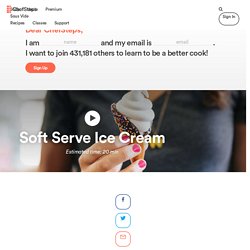

Holocaust. Grammar English. Indian Arts & Culture. Figurative Art. European Imperialism. Molecular Structure Simulations (Polarity, Dissolving, IMF) A collaboration between the CREATE for STEM Institute at Michigan State University and the Concord Consortium The Interactions curriculum introduces students to science as an endeavor, a process we engage in, rather than solely a set of discoveries by others.

Through engaging in modeling and scientific explanation students explore curious aspects of the everyday world, discovering how the unseen world of atomic level interactions and energy transformations are responsible for much of what we observe around us. Designed from the ground up to support the Next Generation Science Standards (NGSS) and three dimensional learning.
For 9th grade physical or integrated science students. Fundamental forces, unseen yet felt in every moment of our existence, govern the interactions of matter and energy that in turn shape our lives. The Interactions curricular materials are provided under the terms of the Creative Commons CC BY-NC-SA 4.0 license. Captions Settings Dialog. Language Games – Macmillan Dictionary. Learn, live, love … play!

Games are a great way to learn all sorts of things about English. These games are for English language learners, or native speakers who are addicted to word games. For downloadable theme-based language puzzles, check out this page. 90% of the time, native English speakers use just 7,500 words in speech and writing. In our dictionaries, these words appear in red and are graded with stars. Learn more about our unique red word and star system There are some things in English that can only really be learnt through practice.
Phrasal verbs may seem obvious to native English language speakers, but for learners they can be mystifying. How to Make Jelly Beans Step-by-Step. Kids and grown-ups alike love jelly beans.

Whether it is Easter time or we are at the movies, these tiny confections always bring color and sweetness into our lives. Making candy at home, without the tools and industrial machines of candy manufacturers, can be challenging and time-consuming. It is also fun and immensely rewarding. For your next family gathering impress everybody with homemade jelly beans using this recipe. There may be some trial and error and you may have to make slight adjustments based on what flavor you are making, but hang in there and with time you can become a jelly bean master. In a medium to large saucepan combine 1 1/2 cups of water, 2 1/2 cups of sugar, and 1/2 ounce of powdered gelatin. As you continue to stir, periodically check the temperature with a cooking thermometer. Quickly stir in your flavor(s). Candy manufacturers use candy molds (pans with jelly bean shapes) in order to get evenly shaped candies. Tips. How to make JELLY BEANS. Perfect Ice Cream with Dry Ice.
Perfect Ice Cream with Dry Ice Loading ...

Making ice cream with dry ice at home is a great alternative to using expensive professional ice cream makers. You will obtain creamy and smooth ice cream by minimizing the formation of ice crystals with this inexpensive technique. We briefly described the method of making ice cream with dry ice in the Ice Cream Makers lesson, but here we will explain the step by step process. Dry ice is frozen carbon dioxide (CO2) at a temperature below -109.3 degrees Fahrenheit (-78.5 degrees C). Working with dry ice can be tricky if not done properly. Dry ice may also be difficult to purchase in some areas. Making Ice Cream with Dry Ice You'll need about 4 to 5 lb of dry ice per quart of ice cream. 1- Keep dry ice block in the original plastic bag. 2- Blend the dry ice chunks in a blender or food processor to turn it into powder. 3- Place the ice cream base in the bowl of a stand mixer equipped with a paddle attachment, the one that you normally use for batters.
Soft Serve Ice Cream. Pour your ice cream base into the bowl of a stand mixer fitted with the paddle attachment, and begin mixing on low.

Add dry ice one spoonful at a time. Allow foam and steam to dissipate, then add another spoonful. NOTE: Adding too much too fast will lead to a big pile of bubbling ice cream all over your work surface. Nobody wants that. Go slow. Keep adding spoonfuls of dry ice until the ice cream begins to thicken. CHEF’S TIP: The bottom of the stand mixer bowl tends to get frozen solid, causing ice cream to stick to the bottom.